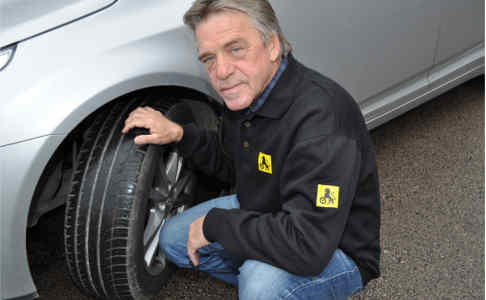DRIVING
Norwegians can’t even change a car tyre: report
An embarrassingly large number of Norwegians seem incapable of even changing a tyre, according to the latest statistics from the country's NAF road rescue service.
Published: 6 August 2013 09:21 CEST

Jan Ivar Engebretsen - NAF
Last month NAF's vans were called out to rescue no fewer than 1,144 car owners with nothing worse than a punctured tyre.
"Puncture is rising as the cause of call-outs on both Norwegian and foreign roads," Jan Ivar Engebretsen, NAF's press officer said in a statement.
"It is not necessarily the case that everyone is self-reliant when it comes to changing wheels. Many people are unsure of how to handle a jack or a wheel wrench."
Of the 1144 car owners who called the service due to a puncture, 584 did so because they weren't carrying a spare tyre, and 521 simply did not know how to change a tyre.
Puncture is now the third most common reason for call-outs after engine failure and run-down batteries.
Url copied to clipboard!


 Please whitelist us to continue reading.
Please whitelist us to continue reading.
Member comments